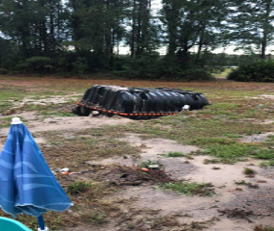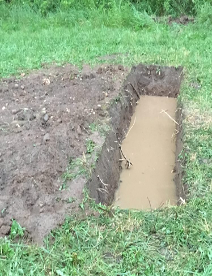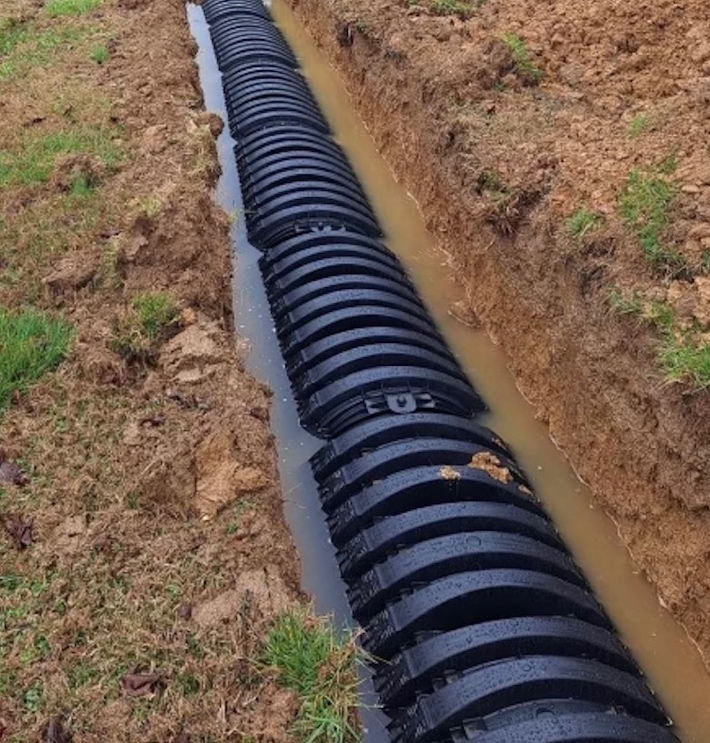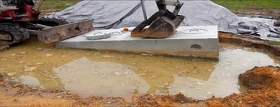When it comes to installing a septic systems, timing and conditions play a pivotal role in ensuring the accuracy, longevity and efficiency of your system. We understand that you are ready to proceed as quick as possible with the installation regardless of weather conditions, however wet soil presents significant risks. Let’s dive into why maintaining the natural condition of the soil is paramount and why we insist on waiting for dryer conditions before installation.
Rain, Rain Go Away
Wet conditions significantly compromise the structural integrity and functionality of the system, leading to problems such as soil compaction, reduced permeability, and improper system settling. Here is more explanation for your understanding:
Soil Structure: The structure of the soil can be significantly altered when it's wet. Soil particles can be displaced more easily, potentially leading to a smeared or sealed soil surface, especially in the excavation for the drain field. This sealed layer can act as a barrier, reducing or blocking the rate at which wastewater is absorbed and filtered by the soil. Compacted, poorly permeable soil can lead to system backups, surfacing effluent, bad odors, and the need for premature system repair or replacement. Nobody looks forward to the unnecessary costs of repairing or replacing a septic system earlier than anticipated.
Soil Compaction: Heavy machinery on wet soil leads to increased compaction. Compacted soil has reduced pore space, which decreases its permeability and ability to absorb and filter wastewater effectively. This can impair the drain field's functionality, where the treated effluent is supposed to percolate through the soil for final treatment.
Excavation Challenges: The excavation necessary for installing the septic tank for the required depth becomes extremely problematic and dangerous in wet conditions. Water filling back into the excavation site complicates the installation process and increases the risk of collapsing excavation walls. This not only poses a significant safety risk to our team but can also compromise the structural integrity of the septic tank and its surrounding systems. The pressure of saturated soil against the newly installed tank can lead to shifting and settling issues, which can be difficult and costly to rectify later on.
This is what you DON’T want your project to look like…these are some industry examples to visually see:




Ensuring your septic system is installed correctly from the start is crucial for its effectiveness. Our commitment to ensures that when we install your system, it’s done right—the first time. We understand the inconvenience and potential frustration of waiting to install your septic system. We appreciate your patience and understanding as we wait for conditions that guarantee the success and durability of your septic system installation. If another installer is willing to install in these conditions be weary.

